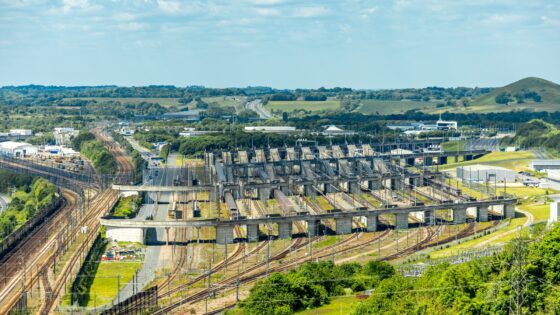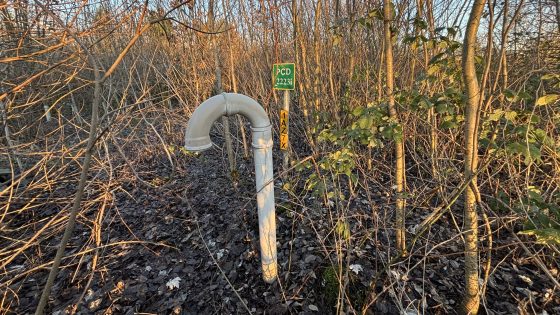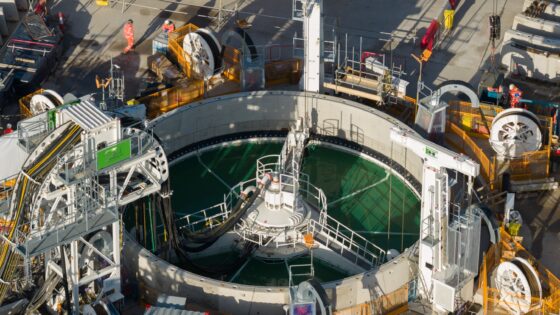Total Rockbreaking ART 1000 GEN II: asphalt rehab efficiency for pavement engineers
Reviewed by Joe Ashwell

First reported on Roads & Infrastructure (AU)
30 Second Briefing
Simex is launching the second-generation ART 1000 GEN II road maintenance attachment, designed for in-situ regeneration of asphalt with zero waste by milling, mixing and relaying material in a single pass. The patented unit, supplied locally by Total Rockbreaking Solutions, mounts on standard carriers and treats only the damaged lane area, avoiding full-depth reconstruction and reducing haulage of spoil and new asphalt. For pavement engineers, the system targets faster patching cycles, lower material consumption and improved lifecycle performance on heavily trafficked urban and arterial roads.
Technical Brief
- Simex’s patented configuration allows milling, mixing and relaying to be sequenced without changing tools or machines.
Our Take
Within our Infrastructure coverage, Australia-based equipment suppliers like Total Rockbreaking increasingly appear in Sustainability-tagged pieces, signalling that contractors are being pushed to get more productivity from existing plant rather than expanding fleets.
Product-focused Infrastructure articles in our database often highlight attachment-based solutions similar to Simex tools, which tend to be favoured on Australian projects where transport distances and mobilisation costs make multi-purpose machines more attractive than specialised units.
The mix of Product and Projects tags here aligns with other Roads & Infrastructure Magazine items that emphasise lifecycle performance; for Australian civil contractors this usually translates into closer scrutiny of wear rates, fuel burn, and noise on urban jobs rather than headline purchase price alone.
Prepared by collating external sources, AI-assisted tools, and Geomechanics.io’s proprietary mining database, then reviewed for technical accuracy & edited by our geotechnical team.
Related Articles
Related Industries & Products
Construction
Quality control software for construction companies with material testing, batch tracking, and compliance management.
Mining
Geotechnical software solutions for mining operations including CMRR analysis, hydrogeological testing, and data management.
QCDB-io
Comprehensive quality control database for manufacturing, tunnelling, and civil construction with UCS testing, PSD analysis, and grout mix design management.


